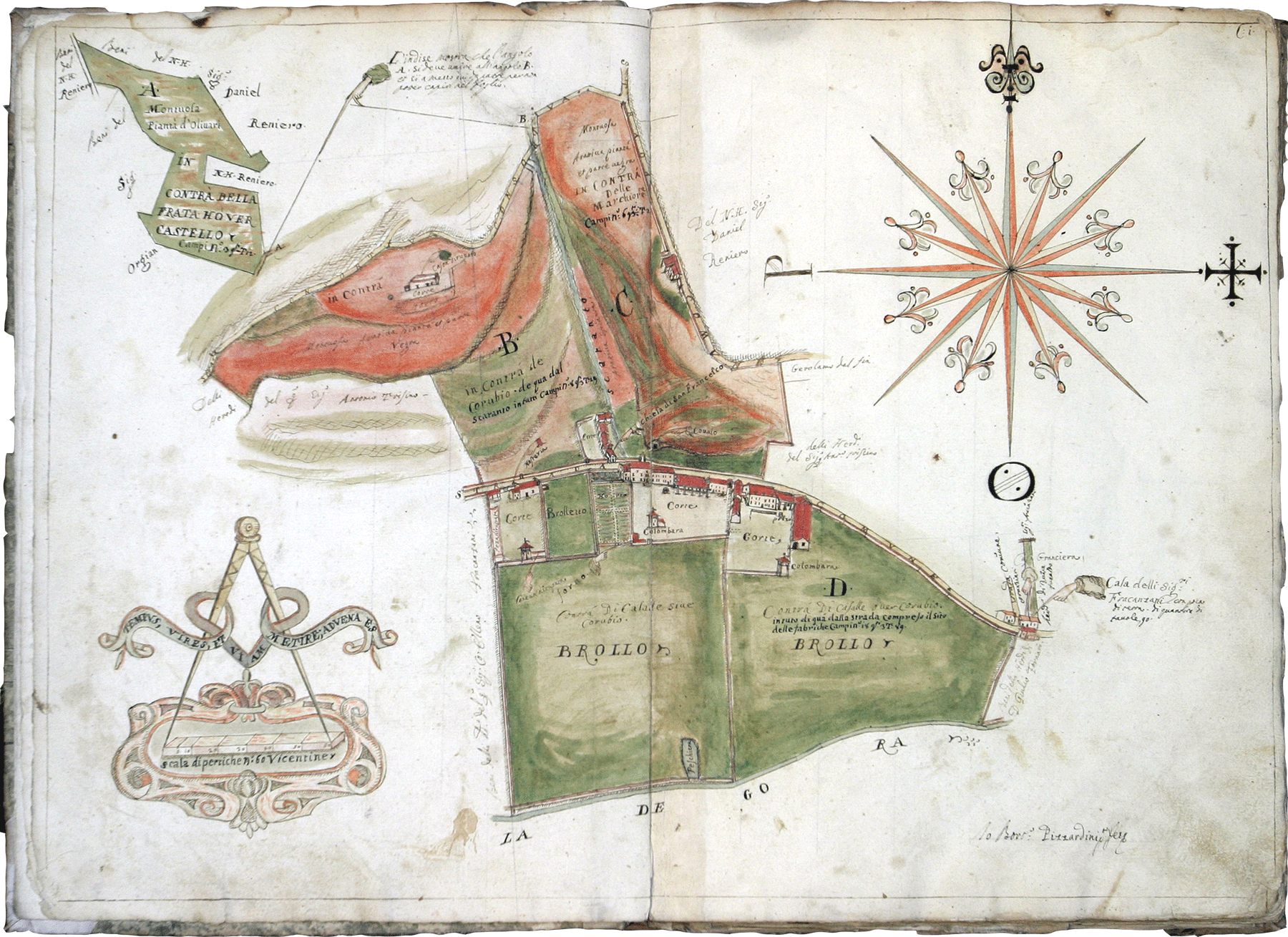The Villa
The lands of Orgiano which formed the original nucleus of today’s architectural complex were purchased by the Fracanzan family in 1316.
Over the following centuries, the Fracanzan became increasingly involved in the political life of the area and were active in the widespread land reclamation works instituted by the Venetian Republic. By the beginning of the eighteenth century they had established themselves as one of the most important families in Vicenza. In order to consolidate their image, they commissioned the Lugano architect Francesco Muttoni to design a villa and garden.
The villa hosted an important literary salon and was the home for many years of Elisabetta Turra Caminer (Venice 1751 – Orgiano 1796), the first woman in Italy to work as a journalist, and famous for her enlightenment ideas.
The town of Orgiano first appears in the centuriation, or Roman grid system, and was later a Longobard settlement. It has played a role in all of the major historical events of the last centuries. The villa was occupied by Napoleonic troops after the battle of Arcole, by Austrian soldiers in 1866, by the Italian High Command during World War I, and by the Wehrmacht in 1945.
In 1870, the properties of the Fracanzan were taken over by the Orgian family, and subsequently passed by inheritance to the Piovene family.
